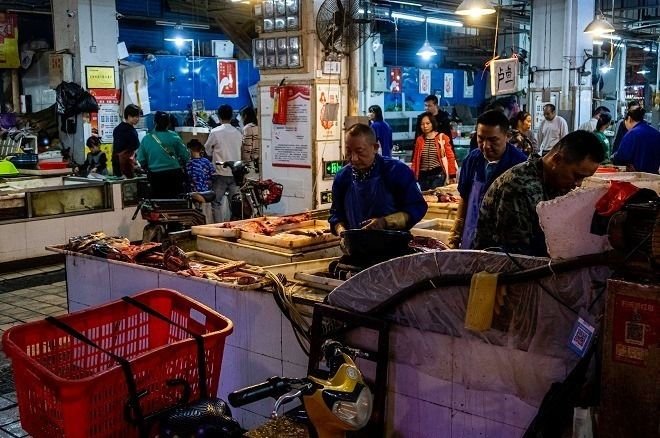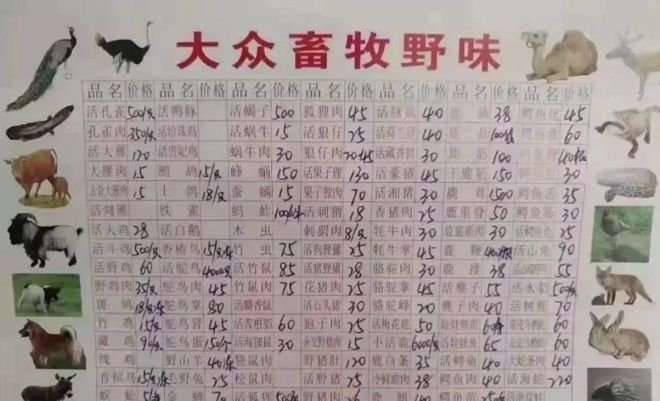
Wild animals – the source of the Wuhan pneumonia epidemic
On the morning of January 23, a strange pneumonia in China infected 570 people, causing 17 patients to die.
Locals confirmed that shrimp, crab and striped bass are the main items at the 50,000 square meter Huanan seafood market.
Ms. Ai, 58 years old, living near this area, said some stall owners sell live animals such as snakes, rats, porcupines, and pheasants.
Yuexiu is another market in Guangzhou province, a city famous for many curious diners.
`Wait a minute, I’ll get it from the back door,` a seller at Yuexiu said when asked about live chicken.
At Conghua market, Guangzhou, transactions took place equally enthusiastically.
After a visit to the Wuhan seafood market, Zhong Nanshan, Director of China’s Key Respiratory Laboratory, said that the source of the corona virus could be from bamboo rats or badgers.
Huanan Seafood Market, before it was closed, sold more than 100 types of animals including civets, foxes, wolves… Photo: Health Policy Watch
Until now, buying and selling wild animals has been completely prohibited in China.
The ban is printed on banners and hung along the road to farmers’ markets, just outside the busy Third Ring Road.
Hu Xingdou, an economist, said that Chinese people have a special love for eating wild animals.

List of wild animals and prices displayed at a stall in the market.
In 2002 – 2003, civet cats at a market in Guangdong province were identified by the World Health Organization (WHO) as the intermediate host that transmitted the virus from bats to humans, causing an outbreak of SARS.
Since then, many Chinese people have become more cautious about consuming wild animals.


